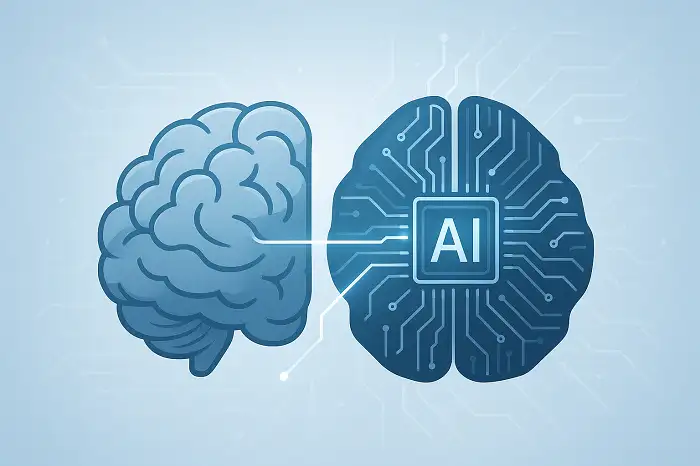Essay Writing in English Essay Writing and Paragraph Development in English Writing In order to have some technical information about essay writing, first you need to know what writing is all about. Writing is a method of human intercommunication by means of arbitrary visual signs (letters, symbols, etc.) that form a system. Writing can be achieved in either limited or full systems. A full writing system is a system that is capable of expressing unambiguously any concept that can be formulated in language. As a result, full writing systems are characterized by a fixed correspondence between the signs of the ...
Home » IELTS Essay Writing Practice » Essay Writing in English

Essay Writing in English
Updated: by Dr. Mohammad Hossein Hariri Asl
Time to Read: 11 minutes | 287 Views | 19 Comments on Essay Writing in English
Share This Post
About the Author
Dr. Mohammad Hossein Hariri Asl is an English and Persian instructor, educator, researcher, inventor, published author, blogger, SEO expert, website developer, entrepreneur, and the creator of LELB Society. He's got a PhD in TEFL (Teaching English as a Foreign Language).
Number of Posts: 4235


